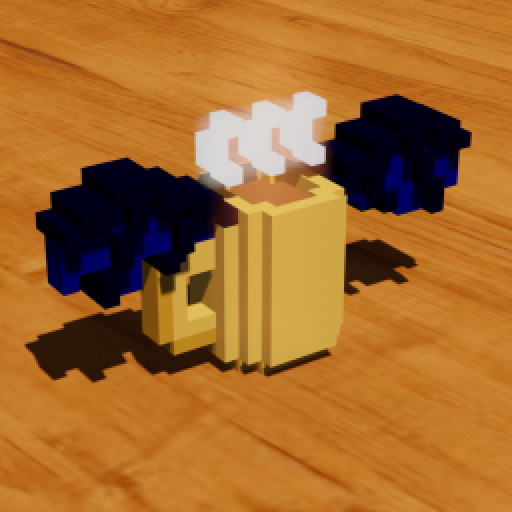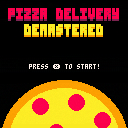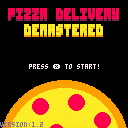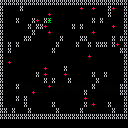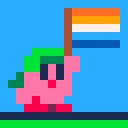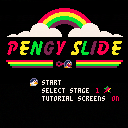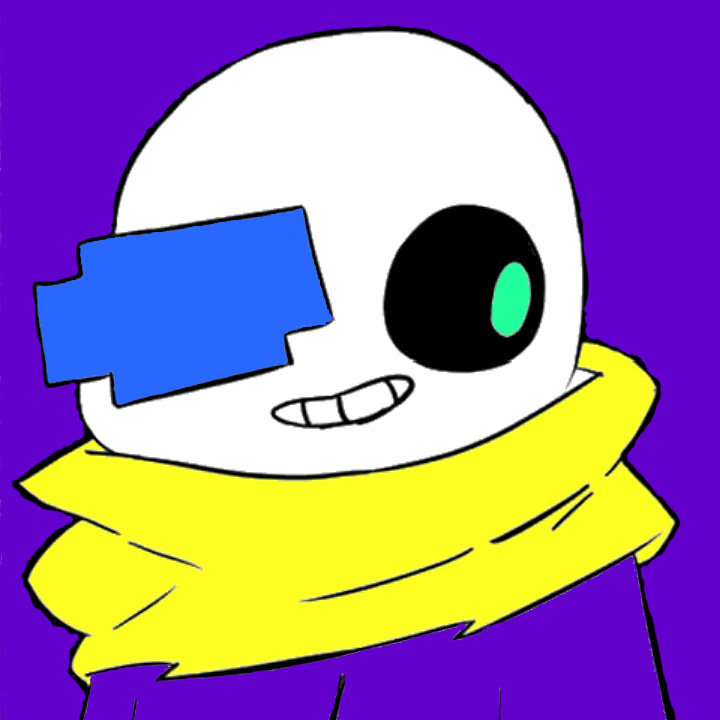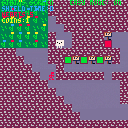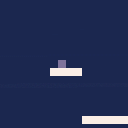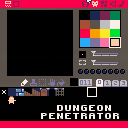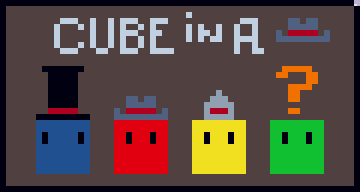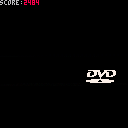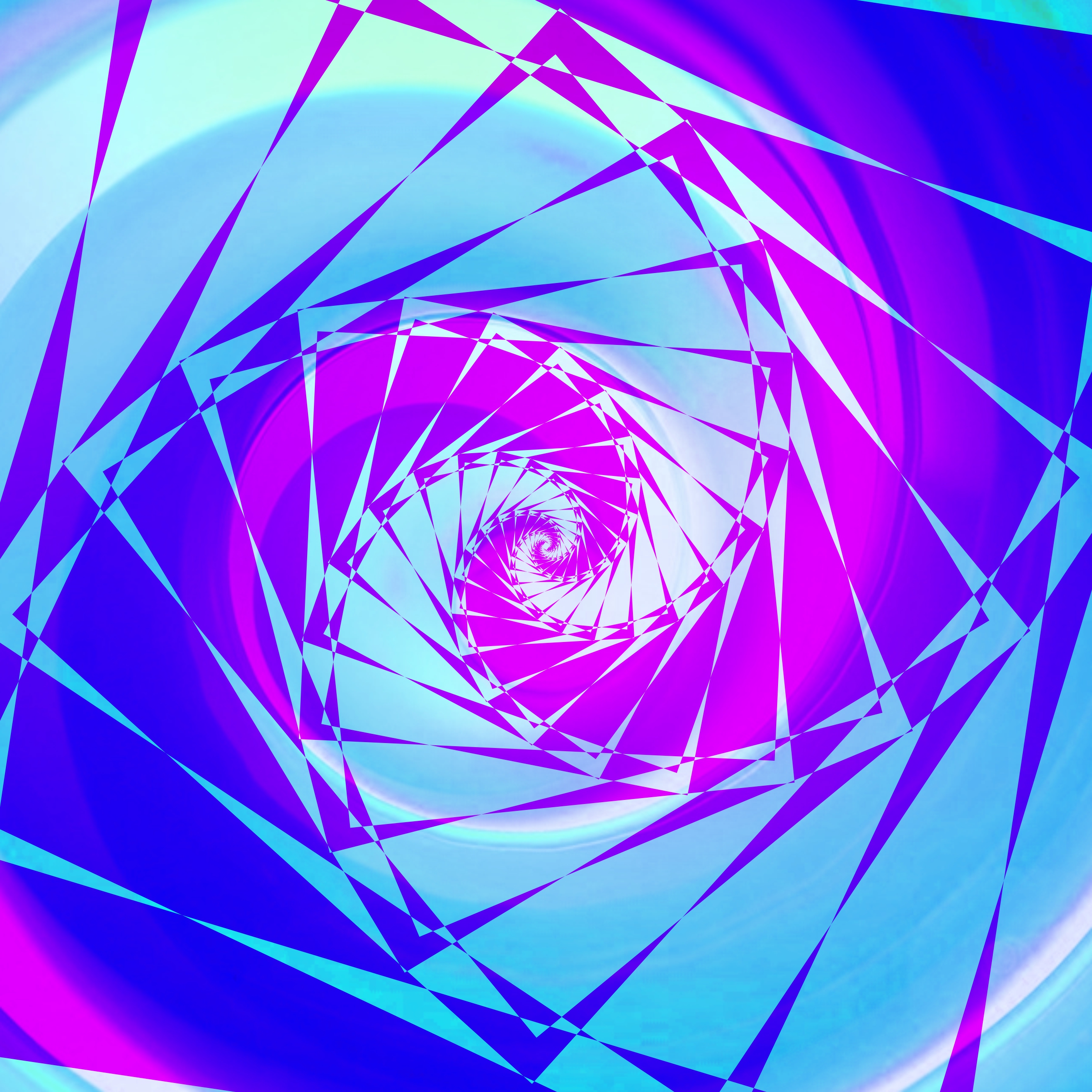It took me a while to update to PICO-8 0.2.1b, so when I upgraded, I took the opportunity to play around with the pattern feature implemented a while ago. I also wanted to try out the new oval tools. The result is this little guy. I wanted to draw with only shape drawing tools, and used a simple table with some runtime values. It could probably be cleaned up, but I think it's a cute enough demo to learn a few new features. I enjoyed figuring out how to draw a bubble without using the pixel editor.


If there are any style or logic improvement suggestions, please share them! The screen edge collision logic isn't terribly good, so I know that needs work.
What started as a school project built entirely on a knockoff of an already terrible engine, Pizza Delivery Demastered is the reimagining of that very game. Play as Stanley (Definetly not the guardian from Petscop) and explore the unique 7 levels this game has to offer. Collect pizza, shoot pizza, kill foes. Deliver that pizza!

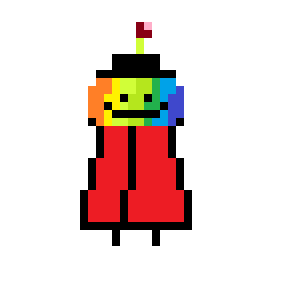
A game published at Creative Computing magazine in 1976.
CHASE puts you in a maze made up of high-voltage fences and posts. This in itself isn't too unpleasant but there're also the interceptor robots bent on just one thing-your destruction. If these robots touch you... that's the end of the game (and you!). There's one hope-make the robots hit the maze, or each other (they're like people-sometimes they'd rather be alone). If you destroy them all, you win!
Hi @All,
trying to run Pico8 on my Samsung NC10 Netbook without Luck.
Downloaded, unziped, chmodded +x and run with ./pico8_32bit but:
1st I had Win7 where the installer runs without errors, but I cannot start pico8.
2nd I tryied Lubuntu 20.4 LTS with some Linux Versions (Newest Picco8 and older), - no Luck.
3rd I tried Ubuntu Live. Same here. "Directory or File not found" (german) "Datei oder Verzeichnis nicht gefunden".
Are there any prerequirements?
Any hints?
Regards Rene´


Please don't ask me why i do tutorials and immediately come with a game remake coded all by myself. Just play this.
This is a 2D remake of a game i've always wanted to remake somewhere else. I ended remaking it in PICO-8 (here), which is an uncomfortable thing since the original game is in 3D, and this thing is in 2D. But i'll be cool and say that this is a demake instead. For now it's just a very hecking early alpha, but i'll be working on it.
Also also, i don't know if i'll be able to code moving platforms.
To-do:
The ability to climb blocks, if it isn't there how could i call this an EDGE Remake.
Not being able to move in certain places ( for example, when you're trapped in a little tunnel )
So, maybe it's a really dumb question but I haven't figured it out yet.
Is there any way to execute pico-8 on a Raspberry Pi 4 with a Manjaro distro?
When I try it on the terminal I get the message:
pico8: pico8: cannot execute binary file |
Trying with the pico8_dyn version I get the same result.
I'm guessing that Manjaro doesn't come with a necessary binary to run, but that's just a guess.
And just to clarify, I did downloaded the Raspberry Pi version of pico-8 pico-8_0.2.1b_raspi.zip.
Please save me for having to use the my windows again!


I finished this in 2018, but never uploaded it, so here it is;
Made in under seven days for the 7DRL (Seven-day Rogue-like) Challenge 2018. It was ranked 38 out of 110 completed entries.
Dungeon Penetrator 2018 was my second go at making Rogue-like in under seven days using the Pico-8, and a remake of a game I originally created in 2013.
Improvements over the previous years version include;
Procedurally generated levels
Sound and Music
NPC that move (although only randomly)
Friendly NPCs.
Combat
Multiple levels
and many more.
I'm thinking of doing this year's 7DRL (Seven-day Rogue-like) Challenge in Pico-8. So look out for that.


Demo:
Added different doors appear depending on colors of your character.
More rooms added with different type of gameplay.
Character changes the look on inventory items use.
Added money, now you can't just get your pick-ups, earn monkey to buy it.
Made first room jumping easier. And changed jumping for different color modifiers.
I found the original DVD program by @Ganty and thoroughly enjoyed it. But, I had to wonder, "how many times would the logo hit the corner in a day?" So I edited their program to include a score counter on the top, ran the program, and went to bed. The following night I checked up on how it was running and, to my surprise, it had reached just over 3000 hits over the course of 24 hours.
I'm just posting this here because I had a lot of fun making and checking up on the program over the day and I thought others may enjoy it as well.
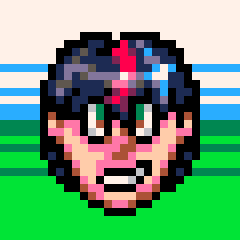

I'm working on a cart to control the GPIO pins as if they were on a PLC (With ladder logic and such), but I really don't want the hassle of running the project on actual hardware (Say, a RPi) every time I make changes and want to test them (Even if I can automate the entire pipeline, I really don't want anything to do with rarspberrys at the moment).
Is there something like a python library that allows me to interact with the GPIO pins of a pico-8 that is running as if it was running on certain hardware?
If not, what would be the best way of making one? Does pico-8 have an API I can use? Or does it store the memory values in certain places I can access? (Sorry if it's a dumb question, I started using pico 2 days ago :P)
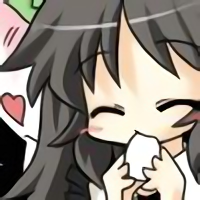

Hi,
Just came across this!
https://shop.pimoroni.com/products/picosystem
Wonder if anyone could ever get PICO8 running on this little machine!
Ultimate portability :-)
Cheers,
Paul.



This blog will be way to track ideas and progress related to improving MOTU’s background composition system and PicoDraw.
While developing Masters Of The Universe I was considering the idea of having some for of scrolling backgrounds but there was no time nor token space to experiment. Right now, I am re-using the same system on Klax to draw the biggest part of the play area (the conveyor belt) but it’s still nothing more than a static background.
The final goal of this experiment is applying it in scrolling games, generating backgrounds with a combination of limited tiles and “generated” graphics brushes using pico-8’s gfx primitives and fit a whole game with at least 3 big scrolling levels in a single cart.
A simple beat’em up could re-use a lot of MOTU’s code for sprites, input and states. I had my sights set on Double dragon because e it’s kind of short and simple, plus I played a lot on the Amiga version which had a limited move set and graphics compared to the arcade but was still fun enough.
Last week I saw @Pigmeat ‘s post about his Streets of Rage pico-8 demake and that gave me enough motivation to experiment a bit while finishing the most boring technicalities on Klax.
First thing, I did some research on Double Dragon to see what I have to deal with and found these 2 treasure troves of information:
http://www.electriccafe.xyz/double-dragon
https://doubledragon.kontek.net/
The arcade game has a resolution of 256x240 which is a good fit to be reduced by 50% to 128x120, 1 arcade screen can fit in 1 pico-8 screen with 1 row of 8 pixel left at the bottom. Characters can fit in a 2x4 composite sprite, like MOTU so I can reuse the same composition system.


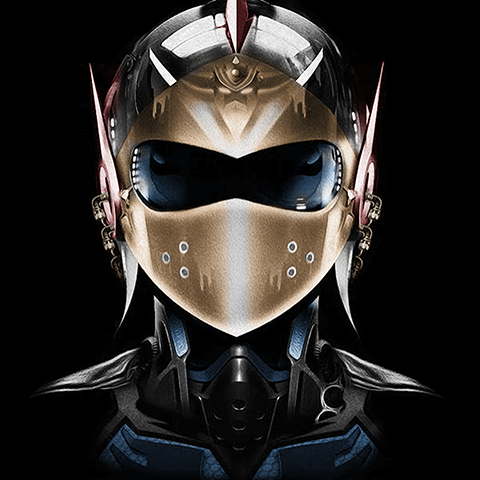
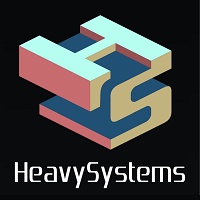






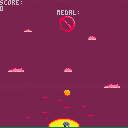
 0 comments
0 comments


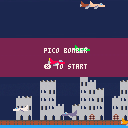
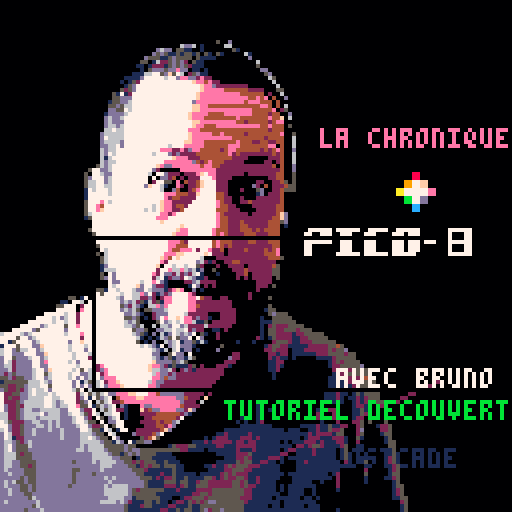
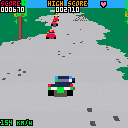
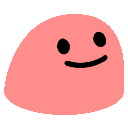
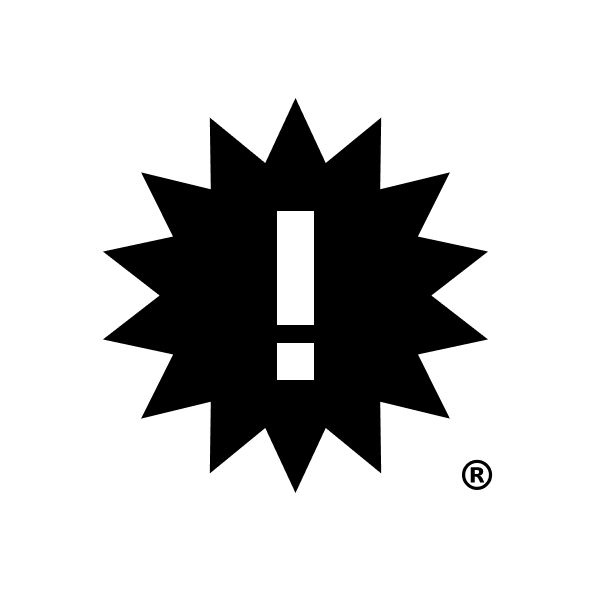
.jpg)
